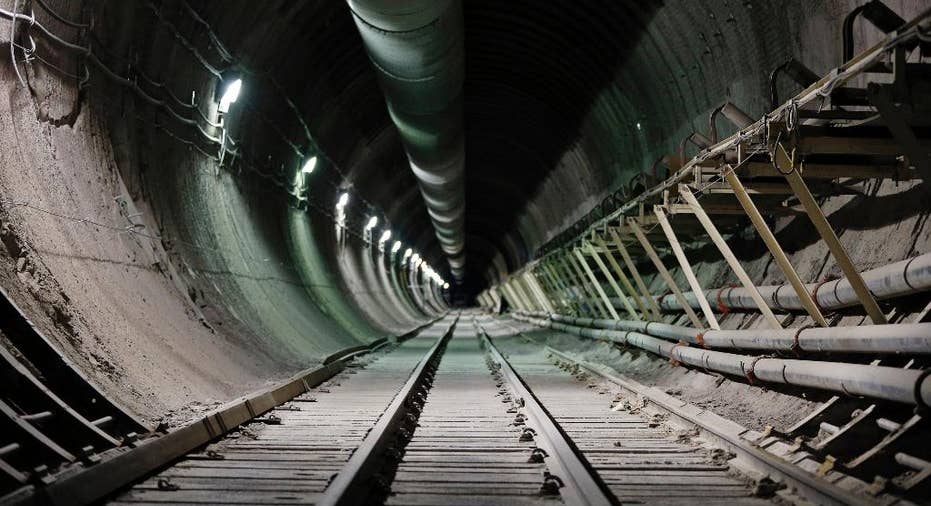Debate on Nevada nuclear dump resuming with public meetings in Las Vegas, farm town near site

The federal agency being asked to license a long-stalled national nuclear waste repository is collecting comment this week in Las Vegas and in a farm community close to the Yucca Mountain site about the possibility that radioactive contamination could get into the environment.
The meetings in Nevada, hosted by the Nuclear Regulatory Commission, signal the resurrection of public discussion about a project that was mothballed in 2010 after Barack Obama was elected president, Harry Reid of Nevada became U.S. Senate Democratic majority leader, and Congress shut off funding.
That led the NRC to halt licensing proceedings and the Energy Department to withdraw all but maintenance staff from the site 90 miles northwest of Las Vegas.
Reid calls the Yucca Mountain project dead. But a federal appeals court ruled in 2013 that the NRC has to either approve or reject the Energy Department license application. Officials have said a full slate of licensing hearings could take at least three years.
The focus of meetings Tuesday in Las Vegas and Thursday in Amargosa Valley will be on an environmental study about the likelihood of radioactivity leaking from the site into groundwater in an ancient aquifer that flows toward Death Valley National Park.
A report released in August by the NRC acknowledged a small chance of contamination, but said someone drinking two liters of groundwater a day would still not accumulate as much radiation as they do from natural and background sources.
"They say they're just here to talk about groundwater," said Robert Halstead, the Nevada official heading state opposition to the project. "The larger issue is the scope of all of this."
As proposed, more than 77,000 tons of spent nuclear fuel currently piling up at nuclear reactors and research facilities around the country would be shipped to Nevada to be entombed in casks in tunnels drilled beneath the ancient volcanic ridge.
Nevada state and federal officials have long opposed the nuclear repository, which was first proposed in 1982. The site was approved by Congress in 2002.
However, some more recently elected county, state and federal elected representatives, including congressmen Cresent Hardy and Mark Amodei, have indicated a willingness to negotiate for economic benefits in return for entombing the nation's most dangerous waste.
Opponents contend that technology for entombing nuclear waste is unproven, and the threat of poisoning air, water and soil is too great to allow the repository to be built.
State officials also argue that moving highly radioactive waste from more than 70 sites in 34 states poses a greater risk than leaving the material where it is.
The states of Washington and South Carolina, plus Aiken County, South Carolina, the Prairie Island Indian Community of Minnesota and the National Association of Regulatory Utility Commissioners won the restart of the discussion with their lawsuit saying the federal government was breaking its promise to take their spent nuclear fuel.